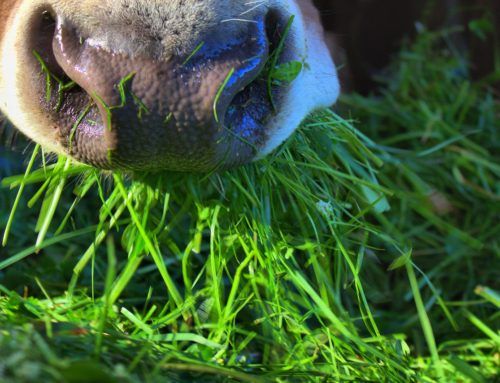A four-year study of ranchers in Western Canada indicates that shifting from winter calving to spring calving increases cow pregnancy rates and calf survival.
Due to market pressures, Canada’s cow-calf sector has consolidated into fewer, larger herds and producers have begun calving later, and in the pasture, to avoid increases in labor, equipment, and facilities that might otherwise go along with their larger herd sizes. About 70% of western Canadian producers have now shifted from calving in late February to calving in March or April. Researchers Cheryl Waldner, Sarah Parker and John Campbell of the Western College of Veterinary Medicine were interested in the impact of this change. So from 2013 to 2017, they worked with 105 cow-calf producers in Alberta, Saskatchewan, and Manitoba to gather data on pregnancy and calf survival rates. They looked at the impact of herd size (less than 300 breeding cows vs. 300 or more) and the start of the breeding season.
Rates of pregnancy didn’t differ by herd size, though larger herds tended to have more open heifers than smaller herds. What did change were pregnancy rates based on the start of the breeding season:
| April or Earlier | May/June | July/August | |
| Cows | 93% | 94% | 92% |
| Heifer | 92% | 92% | 87% |
Calf death losses in the first 24 hours after birth were lowest on average among cows bred in July/August. Death loss among heifers was the same regardless of breeding date. There were no differences in herd size. The top 25% of producers lost the fewest calves – 1% of calves from cows and no heifer calf losses.
| Breed April or Earlier Calve in Jan/Feb |
Breed May Calve late Feb |
Breed June Calve Mar |
Breed July/August Calve April/May |
|
| Cows | 2.5% | 2.1% | 1.9% | 1.7% |
Read more: https://onpasture.com/2019/10/21/what-happens-to-pregnancy-rates-and-calf-survival-with-changes-in-calving-season/


